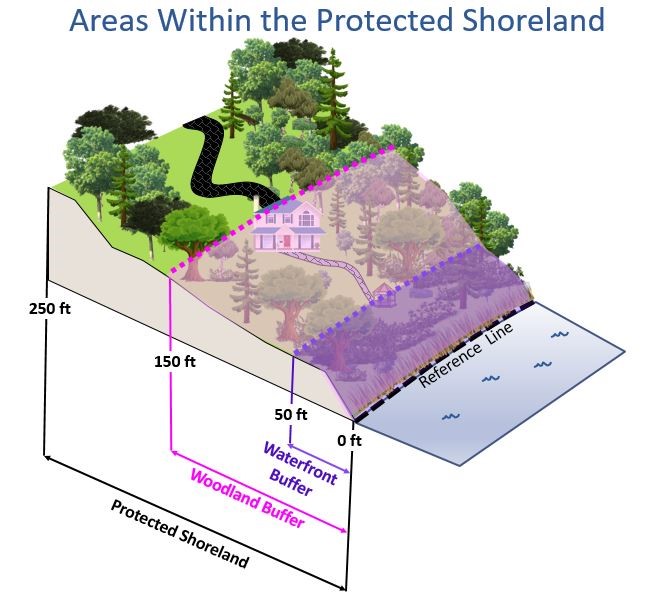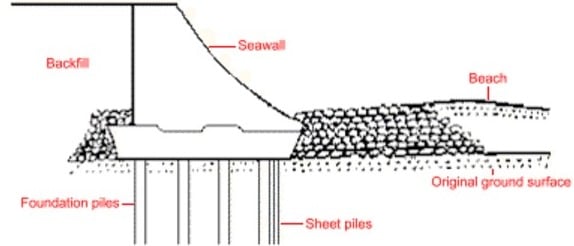The Only Guide for Shore Protect Team
Wiki Article
The Buzz on Shore Protect Team
Table of ContentsThe smart Trick of Shore Protect Team That Nobody is DiscussingHow Shore Protect Team can Save You Time, Stress, and Money.Getting My Shore Protect Team To WorkAll about Shore Protect TeamAbout Shore Protect TeamExamine This Report on Shore Protect TeamWhat Does Shore Protect Team Do?
Decline in residential or commercial property worth: As the location tourist is impacted by disintegration, so then is the economic climate. Purchasers are much less likely to look for a coastline house that could be destroyed anytime by the impending flooding and disintegration emergency. Consequently, building value can go down tremendously and influence the whole region.Whether a coastline is simply tiny and congested or needs to shut entirely for the safety and security of the community and close-by homes, this greatly impacts tourist. In turn, regional economic climates are affected (http://businessezz.com/directory/listingdisplay.aspx?lid=128473). Threat of injury: The increased threat of flooding and structural failures causes a raised risk of injury to nearby vacationers and neighborhood members

is home to greater than 84,240 miles of shoreline with 41% of it subjected to the open sea. Coastal designers are in cost of protecting the shore versus changes by reducing the damaging effects of both all-natural and synthetic occurrences. Coastline stabilization is directly relevant to their work. Beachfront resorts: Due to the fact that coastline disintegration influences tourism, it impacts the success of beachfront resorts.
The 2-Minute Rule for Shore Protect Team
Coastal commercial services: No travelers means no service. Coastal state parks: State parks that exist along coasts are at threat of damages.Difficult stabilization utilizes man-made frameworks as security to manage disintegration. A lot of types of difficult stablizing like seawalls and sheet steel are not optimal for shoreline stablizing.
The Best Strategy To Use For Shore Protect Team
There's likewise not nearly enough evidence of their performance depending upon the sort of coastline and local problems. Difficult stablizing strategies often tend to be harder to install and do not match the natural aesthetic, standing out like an aching thumb and harming neighborhood communities in numerous circumstances. Coastline nutrition is the process of including lost sand and sediment back to beaches after disintegration has happened.TrapBags aid in the procedure of beach nutrients by protecting all-natural communities and allowing plants to expand. While this process can be pricey and is not permanent, the pros often tend to outweigh the cons. TrapBag obstacles offer numerous residential or commercial properties that make them excellent for coastal and riverbank erosion defense. They're: Ecologically friendly: You can make use of indigenous dirt both to border and to fill the TrapBags.

Getting The Shore Protect Team To Work
They can additionally be installed without any type of hefty machinery. Inexpensive: TrapBags are excellent for both little and large locations of shoreline.Incorporated with a high building cost, this has actually brought about enhancing use other soft engineering seaside administration alternatives such as beach replenishment. Seawalls are constructed from different products, the majority of frequently strengthened concrete, stones, steel, or gabions. Various other possible construction products consist of plastic, wood, aluminum, fiberglass composite, and eco-friendly sandbags made of hemp and coir. The proper seawall style depends on location-specific elements, consisting of bordering disintegration processes. There are 3 primary sorts of seawalls: vertical, bent, tipped, and mounds (see table below). A record released by the United Nations Atmosphere Programme (UNEP) suggests that the tsunami of 26 December 2004 triggered less damages in the areas where all-natural barriers existed, such as mangroves, reef or coastal greenery.
Natural obstacles, such as coral reefs and mangrove woodlands, prevent the spread of tsunamis and the circulation of seaside waters and alleviated the flood and surge of water. A cost-benefit technique is a reliable means to determine whether a seawall is ideal and whether the benefits deserve the expenditure.
The smart Trick of Shore Protect Team That Nobody is Discussing
A seawall is a fixed attribute which can contravene the vibrant nature of the coast and restrain the exchange of debris between land and sea. The table below sums up some favorable and unfavorable effects of seawalls which can be made use of when comparing their efficiency with various other coastal management alternatives, such as beach nutrition. [] Benefits and downsides of seawalls according to Short (1999) Benefits Downsides Long-term solution in contrast to soft coastline nutrients.
This can cause beaches to dissipate, rendering them worthless for coastline goers. Usually, seawalls can be a successful method to regulate coastal erosion, however just if they are built well and out of materials that can hold up against the pressure of recurring wave energy. Some understanding is needed of the seaside processes and morphodynamics specific to the seawall location.
The 3-Minute Rule for Shore Protect Team
The appropriate seawall design relies upon location-specific elements, including surrounding disintegration procedures. There are three major kinds of seawalls: vertical, bent, tipped, and mounds (see table below). A report released by the United Nations Atmosphere Programme (UNEP) suggests that the tidal wave of 26 December 2004 created less damages in the locations where all-natural barriers existed, such as mangroves, coral reefs or coastal greenery.All-natural obstacles, such as reef and mangrove woodlands, stop the spread of tsunamis and the flow of seaside waters and mitigated the flood and rise of water. A cost-benefit technique is a reliable method to figure out whether a seawall is appropriate and whether the benefits are worth the expenditure.
Shore Protect Team Fundamentals Explained
A seawall is a static function which can clash with the vibrant nature of the shore and hamper the exchange of sediment between land and sea. Advantages and downsides of seawalls according to Short (1999) Benefits Downsides Long term option in contrast to soft coastline sustenance.
This can cause coastlines to dissipate, rendering them pointless for coastline goers. Typically, seawalls can be an effective means to manage seaside erosion, but just if they are created well and out of products that can stand up to the pressure of recurring wave power.
Report this wiki page